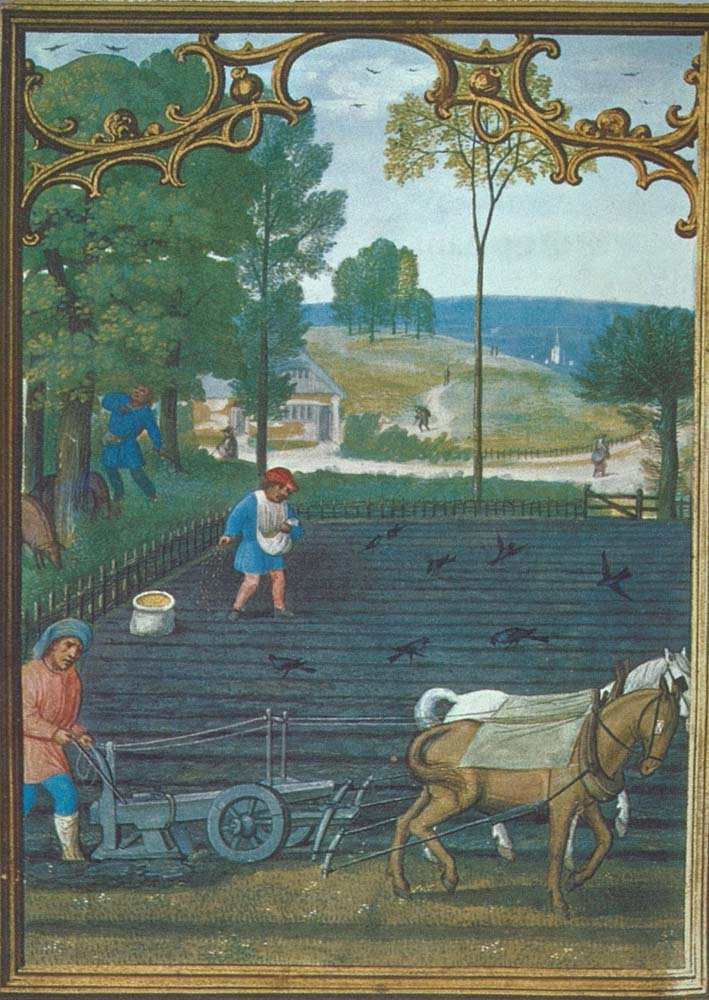 Agricultural Innovations
Agricultural Innovations
Medieval European agriculture underwent significant changes with the introduction of new farming techniques and technologies. Innovations such as the heavy plow, the three-field system, and the use of horse collars revolutionized farming practices. The heavy plow allowed for deeper tillage of the rich, fertile soils of Northern Europe, while the three-field system rotated crops to maintain soil fertility. The horse collar enabled horses to replace oxen as the primary draft animals, increasing efficiency and productivity.
Feudal Land Management
The feudal system played a crucial role in the organization and management of medieval agriculture. Lords granted land to vassals in exchange for military service, and peasants worked the land as serfs or free tenants. Manorial estates were the basic economic units, with peasants providing labor in exchange for protection and the right to cultivate plots of land. This system ensured the production of food and goods, supporting the feudal economy and society.
Impact on Population and Economy
The agricultural innovations and practices of medieval Europe had a profound impact on population growth and the economy. Increased agricultural productivity supported larger populations and contributed to the growth of towns and trade. Surpluses of food allowed for specialization in crafts and commerce, fostering economic development and social change. The evolution of medieval agriculture laid the foundation for the commercial and urban expansion of the later Middle Ages.
Conclusion
The evolution of medieval European agriculture was a key factor in the economic and social development of the period. The introduction of new technologies and farming practices enhanced productivity, supported population growth, and contributed to the transformation of medieval society.
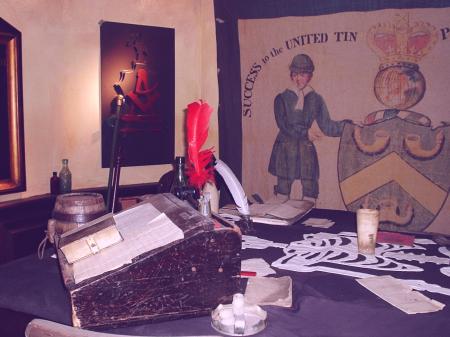
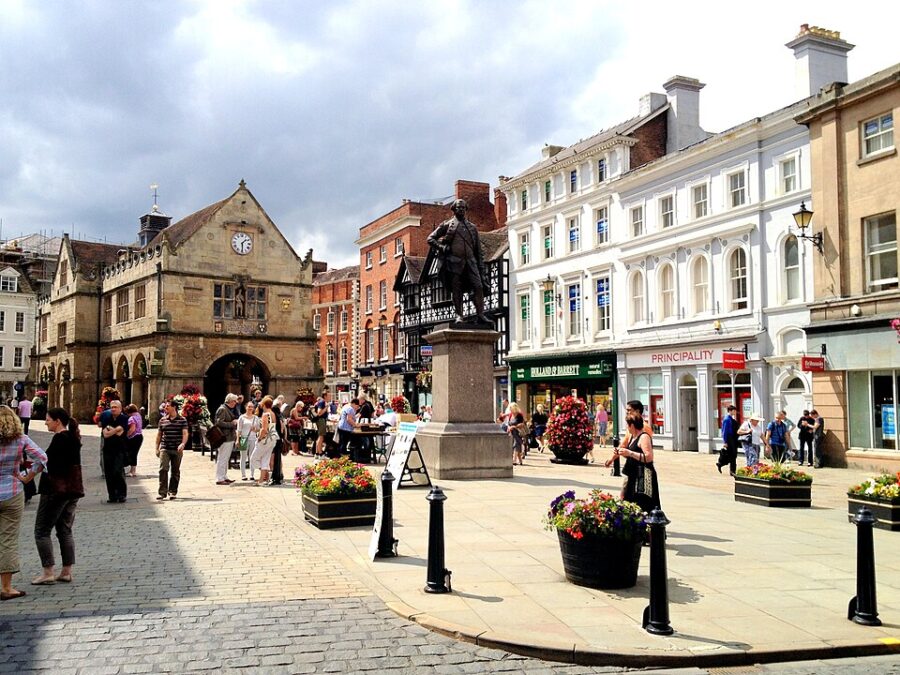 Formation and Growth
Formation and Growth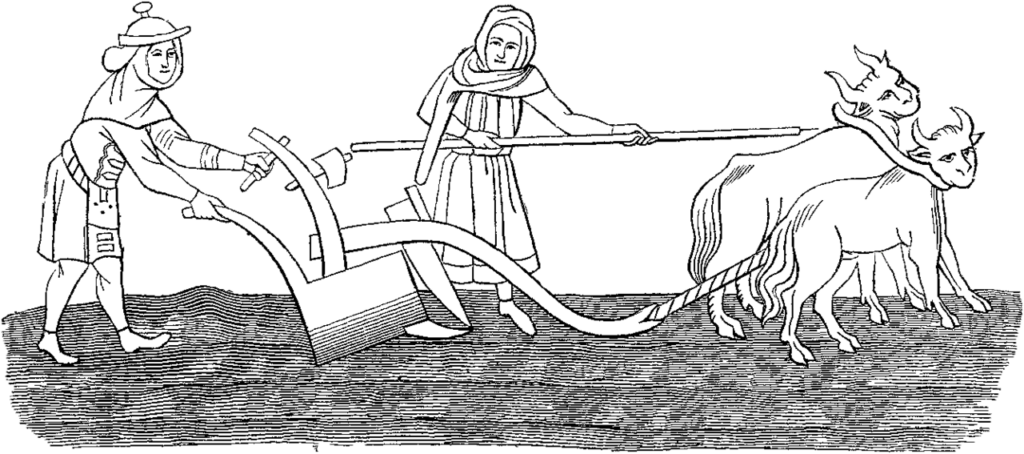 Origins and Development
Origins and Development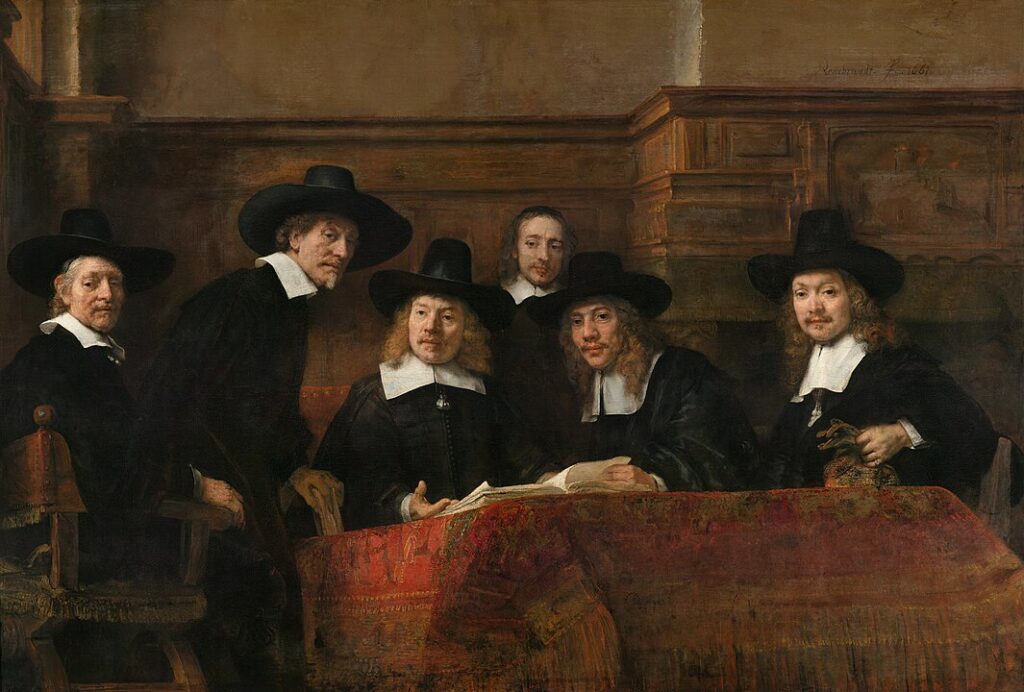 Formation and Structure
Formation and Structure Origins and Development
Origins and Development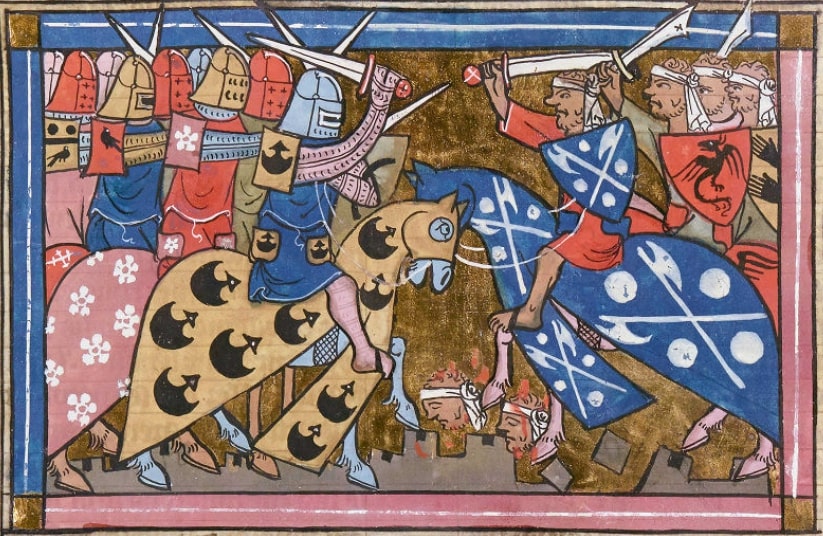 Expansion of Trade Routes
Expansion of Trade Routes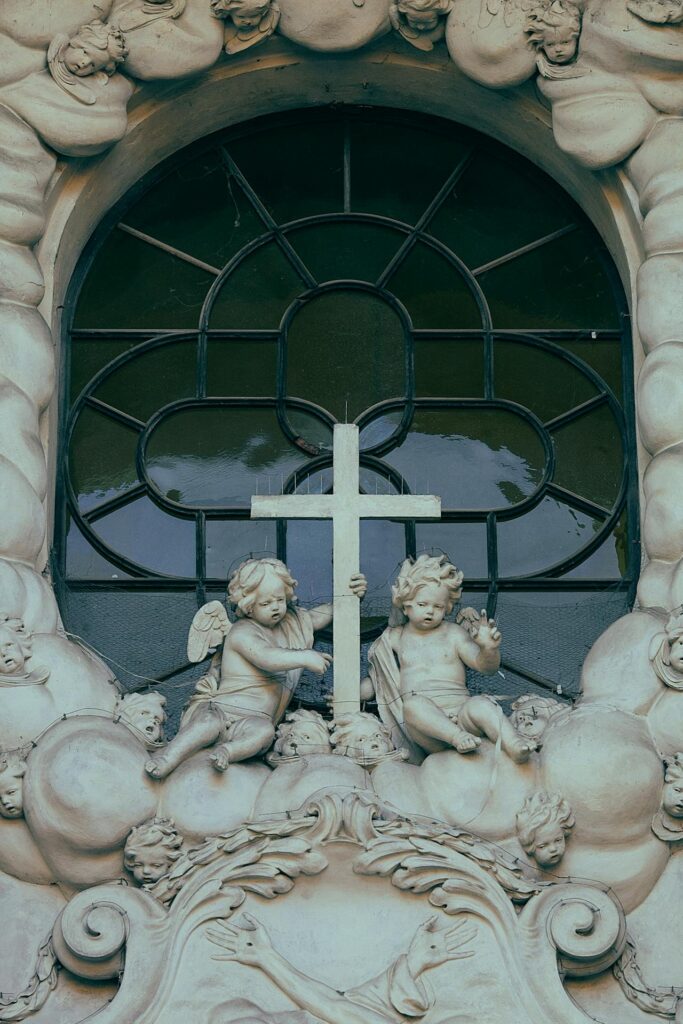 Development of Agricultural Techniques
Development of Agricultural Techniques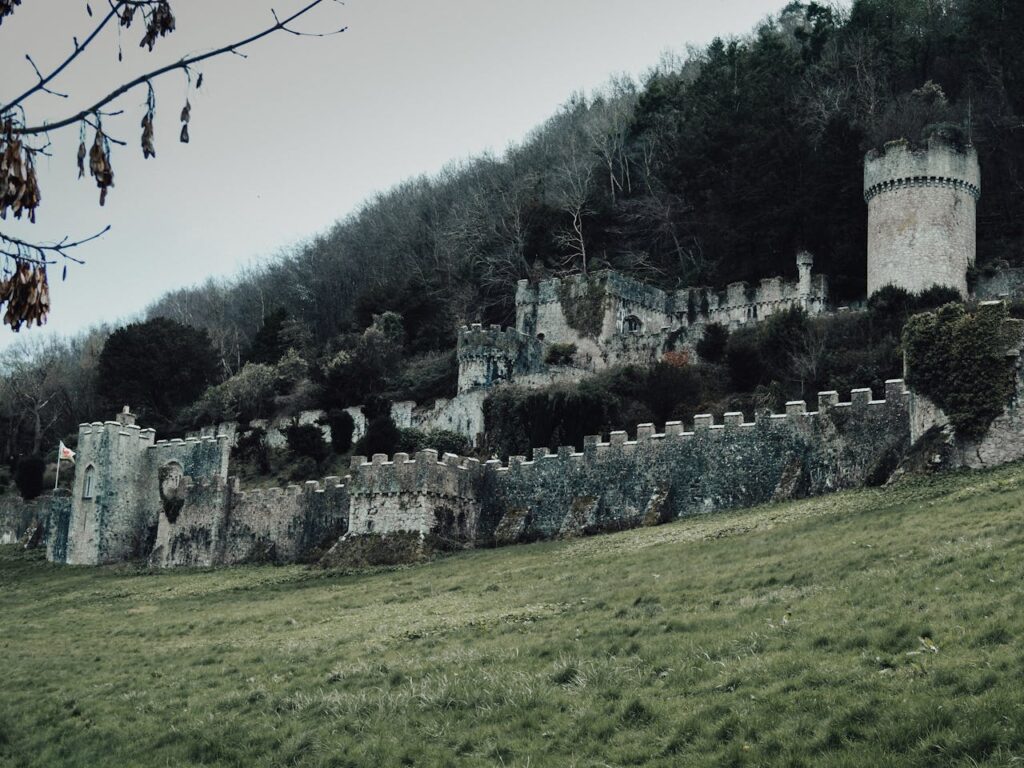 Organization and Regulation
Organization and Regulation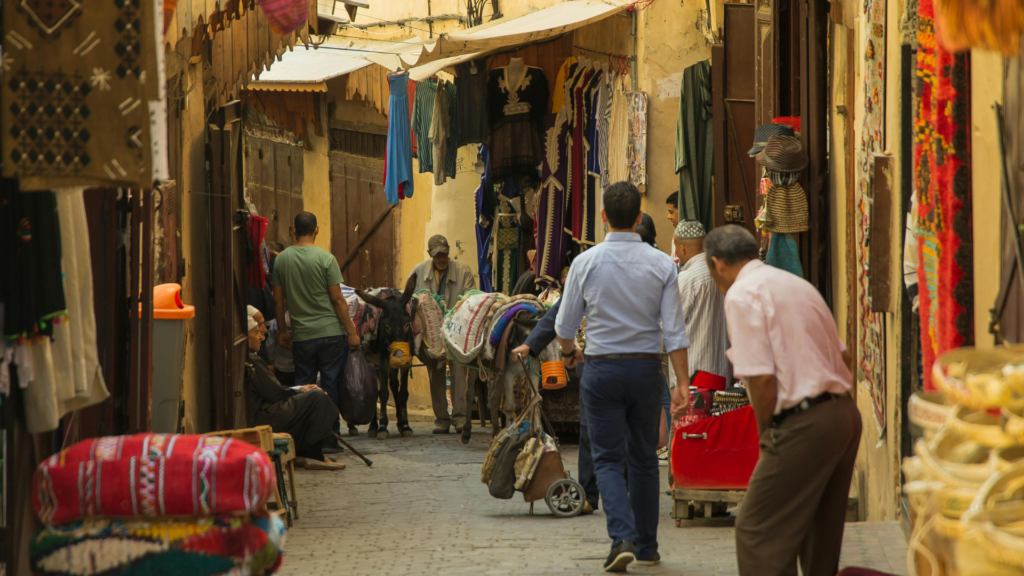 Regional Trade Hubs
Regional Trade Hubs